Jun 30, 2025
Author:Sam Wonder
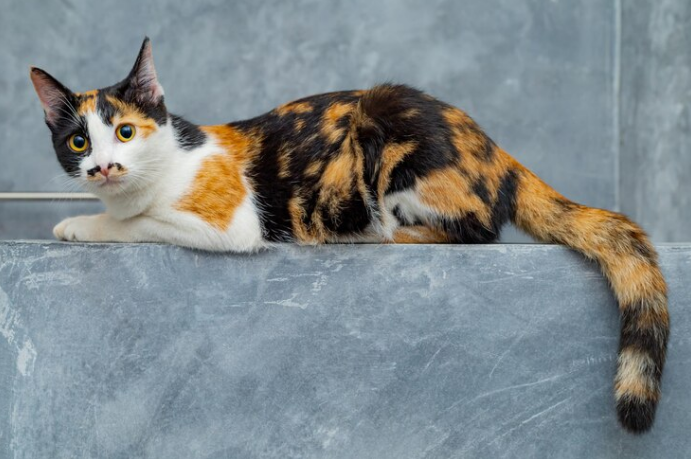
Silence doesn’t always mean nothing’s going on. That odd smell lingering near the couch? It might not be the litter box. Here’s the short answer—cats fart. They’re subtle about it. No sound. No warning. Often no clear reason. That’s what makes it weird. One minute, your cat’s napping. Next, you’re side-eyeing the air like it betrayed you.
A lot of people assume it doesn’t happen. Or that it shouldn’t. But cat gas? More common than you'd expect. Most of the time, no big deal. But sometimes—yeah, it’s a flag. Something off inside that quiet little stomach. This post clears up the guesswork. No fluff, just facts. By the time you're done reading, you’ll stop wondering and start knowing.
Farts don’t show up out of nowhere. They have reasons. Inputs. Imbalances. Something your cat eats, or something it doesn’t. It could be a small dietary hiccup. It could be a deeper gut issue. The triggers? Pretty straightforward—if you know where to look.
Let’s lay it out.
● Swallowed air during eating: Some cats eat like they’re racing the clock. And when that happens, they gulp. Not food—air. It slips down, builds up, and gets pushed through. No sound. No warning. Still stinks.
● Low-quality or incompatible food: Corn. Soy. Fillers. Dyes. They’re everywhere. Some cats just don’t handle them well. The gut flares up—bloating, gurgling, mystery smells. Even that fancy, protein-packed stuff? If it doesn’t break down right, it ferments. And you smell it.
● Sudden diet changes: One day it’s kibble. The next? A full bowl of pâté. That’s a lot to ask from a gut that hasn’t had time to adjust. So it rebels. Fermentation kicks in. Gas follows.
● Dairy products: Sure, your cat likes milk. That doesn’t mean it should drink it. Lactose needs a specific enzyme—most cats don’t make it. So it sits. Then it bubbles. Then it farts. Not a mystery. Just simple digestion gone sideways.
● Spoiled food or table scraps: It smelled okay. Looked okay. But to your cat’s system? Not okay. Leftovers, fatty scraps, meat past its prime—recipe for gut chaos. Best case? Some gas. Worst? A mess in the litter box.
● Hairballs: Wrong location. Hairballs build in the stomach, not the colon. They make your cat gag, not fart.
● Litter type: No proven connection. Changing litter won’t affect your cat’s gut flora. It affects your nose, not their digestion.
Still getting hit with frequent gas after ruling out the usual suspects? Check portion sizes. Check labels. The fix might be hiding in plain sight—inside the bowl.
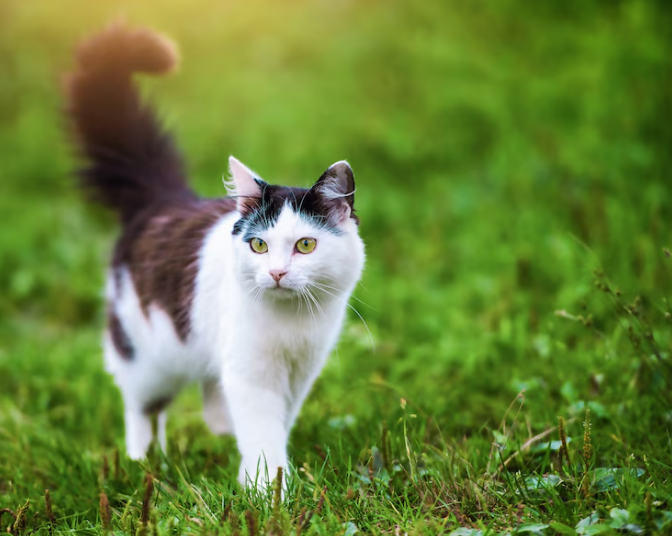
Some gas? It’s expected. A little fermentation is part of digestion. But too much? Or paired with other symptoms? Now you’re into different territory.
Spotting the difference is everything.
Most cats release small amounts of gas daily. It’s normal. Their colon’s doing its job—breaking down fibers, moving things along. What falls under ‘not a concern?
● Low-frequency gas episodes: One or two puffs a day, usually after eating. If it’s not constant, it’s not alarming. Especially if the cat seems fine otherwise.
● Mild or neutral odor: A little smell? Tolerable. But if it stings your eyes, that’s not routine fermentation. That’s protein or fat not breaking down properly.
● Normal stool consistency: Gas with healthy poop—formed, not too soft, no mucus—suggests the gut’s absorbing nutrients fine. No inflammation. No infection.
● No belly tension or discomfort: If your cat stretches, rolls, plays, and eats, its intestines aren’t under pressure. Can you touch its belly without protest? You're probably in the clear.
● Clear food-related cause: You switched their food, and now they fart more? That’s expected. Gut microbes need a few days to adjust. Then things settle.
Tracking these patterns matters. Behavior. Stool. Frequency. It gives you a baseline. Without it, you're guessing.
And if mealtimes are inconsistent—or you’re not sure how much they’re eating in one sitting—that baseline starts to blur. That’s where smart tools like the WOpet Heritage View Automatic Pet Feeder come in. It doesn’t just portion food reliably—it also lets you see your cat eat, catch odd behaviors near the bowl, and keep meals structured without having to hover over the process.
When your goal is gut stability, controlled portions and predictable timing aren’t just helpful—they’re essential.
Now we’re talking about red flags—where gas isn’t the main issue, just a sign of something bigger. Something brewing in the gut that won’t fix itself. Here’s when things shift.
● Increased frequency and intensity: Multiple episodes per day, every day. Stronger smell. More volume. Think SIBO, enzyme issues, maybe a dietary intolerance. It’s not random at that point.
● Foul, sulfur-heavy odor: That rotten egg smell? Usually means the protein is sitting too long in the colon. It ferments. Badly. It could be from fat malabsorption or protein excess.
● Abdominal bloating or guarding: Bloated belly. Tight to the touch. Cat doesn’t want you pressing down. Might stretch repeatedly. Or hunch low. It could be inflammation, fluid, or gas buildup.
● Vomiting, diarrhea, or mucus in stool: Gastro symptoms in clusters are rarely mild. It could be IBD. It could be parasites. It could be a food allergy causing mucosal irritation.
● Unexplained weight loss: If they’re eating but losing weight—and passing gas often—look at absorption issues. Maybe the pancreas isn’t pulling its weight.
● Behavioral shifts: Less grooming. Hiding. No interest in play. These are often the only signs you’ll get. Pain shows up quietly in cats. You need to catch it through what’s missing.
● Odd-looking stool: Greasy? Undigested food? Weird pH readings (if tested)? Think maldigestion. Enzyme deficiency. Bile problems. All of it affects gas output.
You don’t need to panic—but you do need to act. Tests don’t hurt. Ignoring it might.
Gas isn’t always innocent. And cats? They’re built to hide discomfort. If you’re seeing weird patterns—even minor ones—it might be time to call in a pro. Here’s what crosses the line.
● Abdominal distension or tension: If the belly is swollen, and the cat won’t let you near it, something’s building inside. It could be gas. It could be fluid. It could be worse. That’s a vet moment.
● Gas with consistent vomiting: Not once. Not twice. Ongoing. Whether it’s food, bile, or foam, it points to digestion delay, stomach inflammation, or GI sensitivity. Chronic cases need labs. Imaging. Something beyond guesswork.
● Stool changes with gas: Loose stool? Blood? Mucus? Those aren’t side effects. They’re symptoms. They suggest the intestinal wall is under stress. It could be infectious. It could be inflammatory. You won’t know until it’s tested.
● Weight loss: If your cat’s losing mass despite eating normally, absorption is off. That’s a metabolic issue—maybe pancreas, maybe intestines. But definitely not nothing.
● Fatigue or withdrawal: Less active. Less social. Avoiding contact. Not grooming. These signs don’t always scream illness, but they whisper it. Consistently.
● Recurring symptoms: A flare-up here and there is one thing. But patterns? That’s progression. And it means there’s a root problem that hasn’t been fixed.
You’re not overreacting by calling your vet. You’re buying time.
Cat gas doesn’t have to feel mysterious. Or worse, something you brush off. You’ve got a clearer read now—what sparks it, what doesn’t, and when to raise a brow. That alone puts you way ahead.
You’re now able to:
● Figure out food-related culprits instead of chasing random ideas.
● Spot early signs that quietly build before they turn into something bigger.
● Watch for changes in mood or movement, and do not just brush them off as quirks.
● Make faster, smarter vet calls—because you’re seeing patterns, not guessing.
● Keep things steadier in the gut by avoiding food chaos and feeding slip-ups.
This isn’t about freaking out every time your cat passes gas. It’s about watching closer, noticing sooner, and responding without panic. The signs are there. Always have been. You just needed the tools—and a little structure. That’s what WOpet helps lock in. And if your cat’s stomach tends to go sideways fast, keeping things tight really matters.
Label:
Popular Post
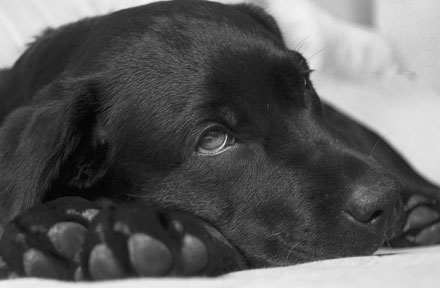
What to Feed a Sick Dog With No Appetite? [2025 Guide]
May 16, 2023
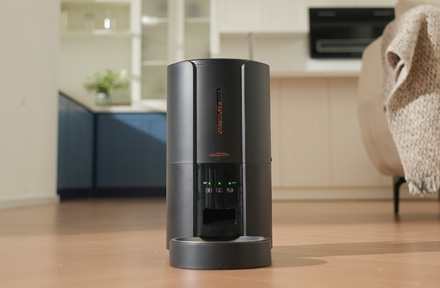
Troubleshooting Common Issues with Automatic Pet Feeders: Tips & Tricks for Pet Owners
Oct 26, 2023
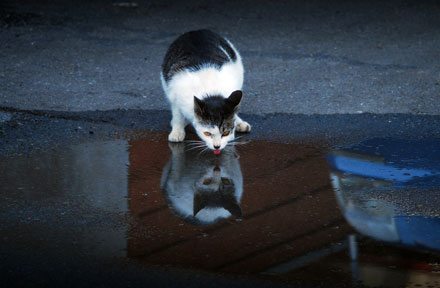
Why Does My Cat Cough After Drinking Water? 8 Potential Reasons
Mar 13, 2023
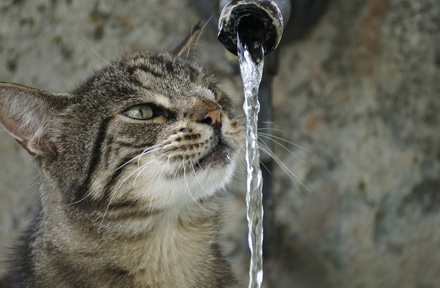
Why is My Cat Throwing up Water? Top 5 Causes Here
Feb 08, 2023
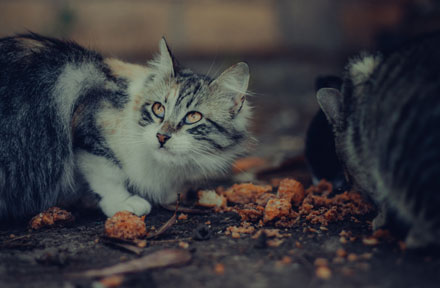
My Cat Only Eats A Little at A Time - What to Do?
Feb 27, 2023
$99.99
$129.99
Copyright © 2025 WOPET. All Rights Reserved.